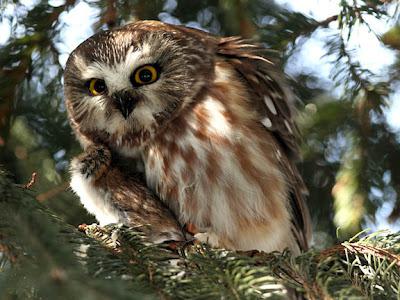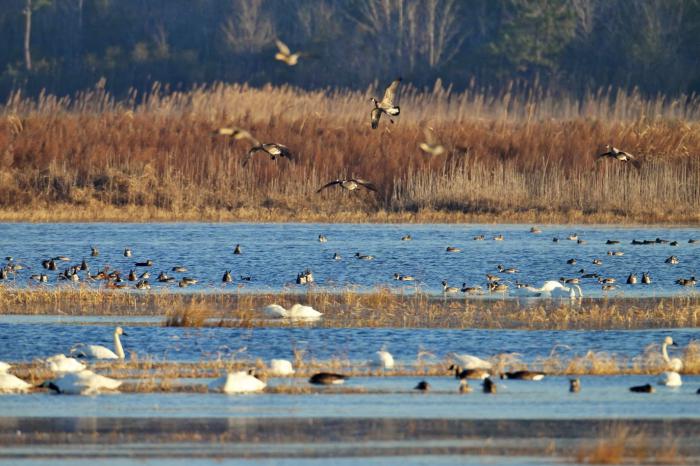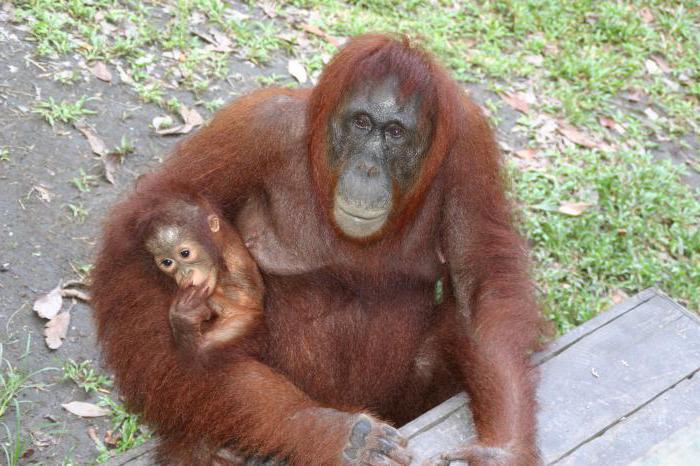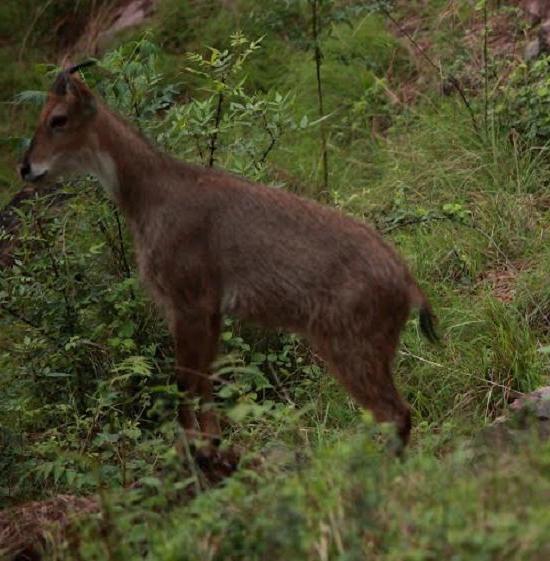Mixed and deciduous forests. Climate of mixed and deciduous forests
In the vast territories of North America andEurasian mixed and broad-leaved forests. The zones of these green massifs are in the moderate geographic belt of the Earth. The list of plants with which these forests are rich includes pine and spruce, maple and linden, oak and ash, hornbeam and beech.

Mixed and deciduous forests have been heavily affected by human activities. Since ancient times, people began to cut them down, replacing them with fields.
The forests of North America and Western Europe
The territory of coniferous forests has its southern border. It is located in the western part of Eurasia and in the North American Great Lakes region. Its coordinates are about sixty degrees north of latitude. South of this mark, along with conifers in the forest, there are broad-leaved species. In this case, trees in different parts of the world are represented by different types.

In the autumn deciduous trees discard their cover, resulting in the formation of humus. Moderate hydration promotes the accumulation of mineral and organic substances in the upper soil layers.
The transition zone, in whose territory the mixed forests are located, is not homogeneous. In the formation of vegetation in these massifs, local conditions, as well as types of soil rocks play an important role.
So, for example, in the southern part of Sweden, as well as in the Baltic States, large areas are occupied by forests with the predominance of a clean fir grove. They grow on moraine loamy soils.

The vegetation of the forests of North America and Western Europe
Between mixed as well as broadleavedforests is difficult to draw a clear boundary. Conifers can be found far to the south, up to the zone of subtropics. In addition, deciduous trees were cut more intensively. This caused a predominant share of coniferous species.
Vegetation of mixed and deciduous forestsis diverse. In the south, from the subtropics, magnolia, paulonia and tulip tree penetrated into their territory. In the underbrush next to the lilac and honeysuckle you can find rhododendron and bamboo. Distributed in such zones and vines from wild grapes, magnolia vine, etc.
Forests of Russia
In those latitudes where its southern borders stretchtaiga, mixed and deciduous forests enter their domain. Their territory extends to the forest-steppe. The zone in which the green massifs consist of mixed and broad-leaved trees is located from the western borders of Russia to the place where the Oka flows into the Volga.
The climate that is typical for mixed and deciduous forests in Russia
The zone of green massifs is not protected byinfluence of the Atlantic Ocean, which determines the weather conditions on its territory. The climate of mixed and broad-leaved forests of Russia is moderately warm. However, it is soft enough. The climatic conditions of this zone favorably influence the growth of coniferous trees along with broad-leaved trees. At these latitudes there is a warm summer and a relatively long cold winter.

Reservoirs
In mixed and broad-leaved forestsRussia has its origins in the high-water rivers, the path of which runs along the East European Plain. In their list is the Dnieper, as well as the Volga, the Western Dvina, and others.

The occurrence of surface water in this zonesufficiently close to the surface layers of the earth. This fact, as well as the dismembered landscape of the relief and the presence of clay-sand deposits favor the emergence of lakes and marshes.
Vegetation
In the European region of Russia, mixed andBroad-leaved forests are heterogeneous. In the western part of the zone, oak and linden, ash and elm are widespread. With the progress to the east, the continentality of the climate is increasing. There is a shift of the southern boundary of the zone to the north, and at the same time the predominant species of trees are firs and spruce. The role of broad-leaved species is significantly reduced. In the eastern regions, a lime tree is common. This tree forms the second tier in mixed forest tracts. In such areas the undergrowth develops well. It is represented by such plants as hazel, euonymus, as well as honeysuckle. But in the low-lying grass cover grow taiga species of plants - Maynik and Kislitsa.
Flora of mixed and broad-leaved forestschanges as you move to the south. This is due to climate change, which is becoming warmer. In these zones, the volume of precipitation is close to the evaporation rate. Broad-leaved forests prevail on these territories. Coniferous tree species are encountered less often. The main role in such forests belongs to oak and lime.

Animal world
Mixed and deciduous forests in formertimes were rich in wild beasts and birds. Now, representatives of the fauna man pushed into the least populated zones or exterminated at all. To preserve or restore a particular species, there are specially created reserves. Typical animals living in the zone of mixed and deciduous forests are black ferret, bison, moose, beaver, etc. Species of animals living in Eurasia are close in origin to those species whose habitat is the European zone. These are roe deer and deer, marten and mink, desman and sleepwalker.
Spotted deer and maral, as well as muskrat, acclimatized in this zone. In mixed and broad-leaved forests, one can find a horror and an abrupt lizard.
Human activity
Mixed and deciduous forests of Russia containin itself huge stocks of wood. Their minerals are rich in valuable minerals, and the rivers have colossal energy reserves. These areas have been mastered by man for a long time. Especially it concerns the Russian Plain. On its territory, large areas are devoted to cattle breeding and agriculture. In order to preserve forest complexes, national parks are created. There are also nature reserves and nature reserves.
</ p>



